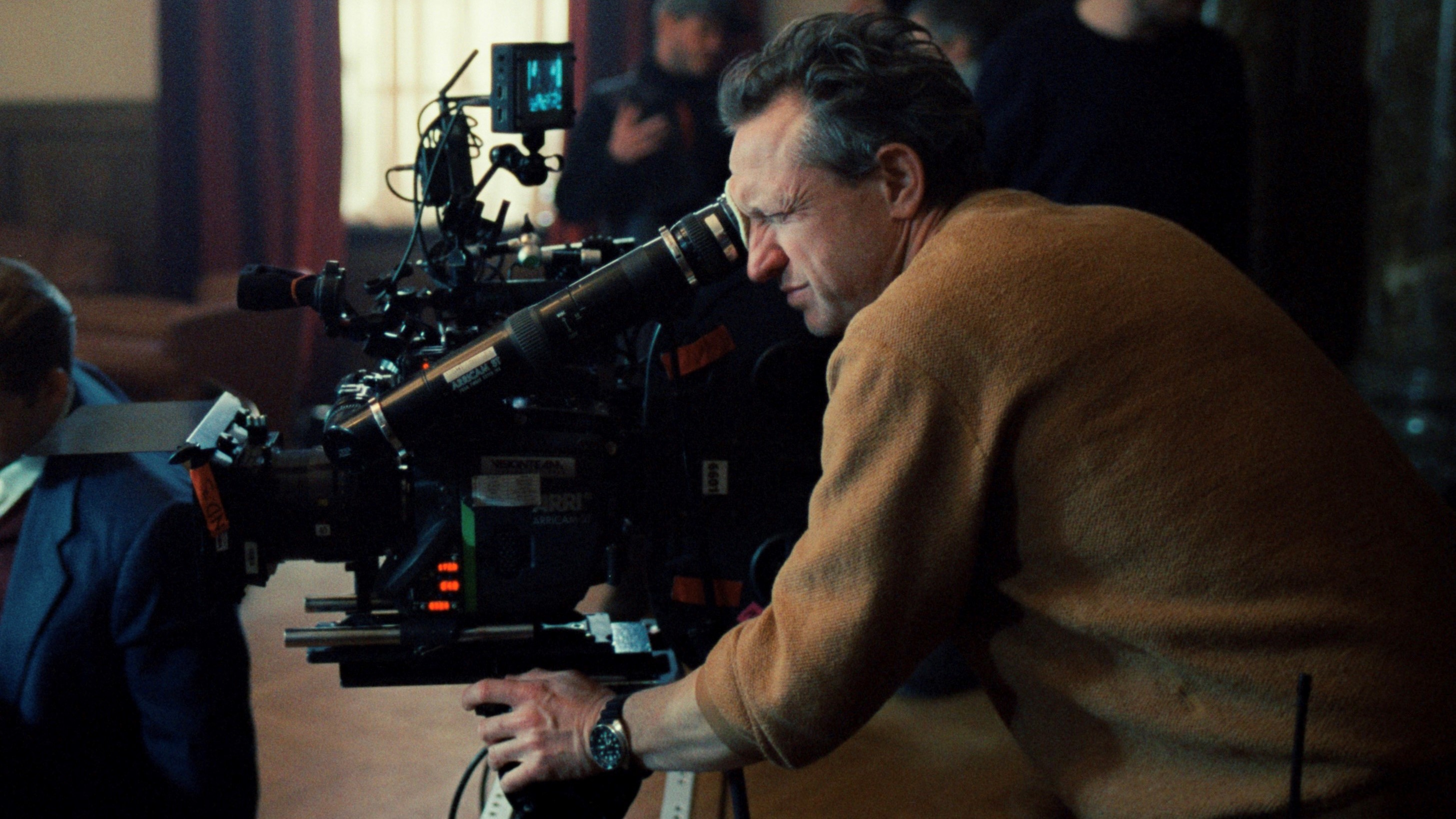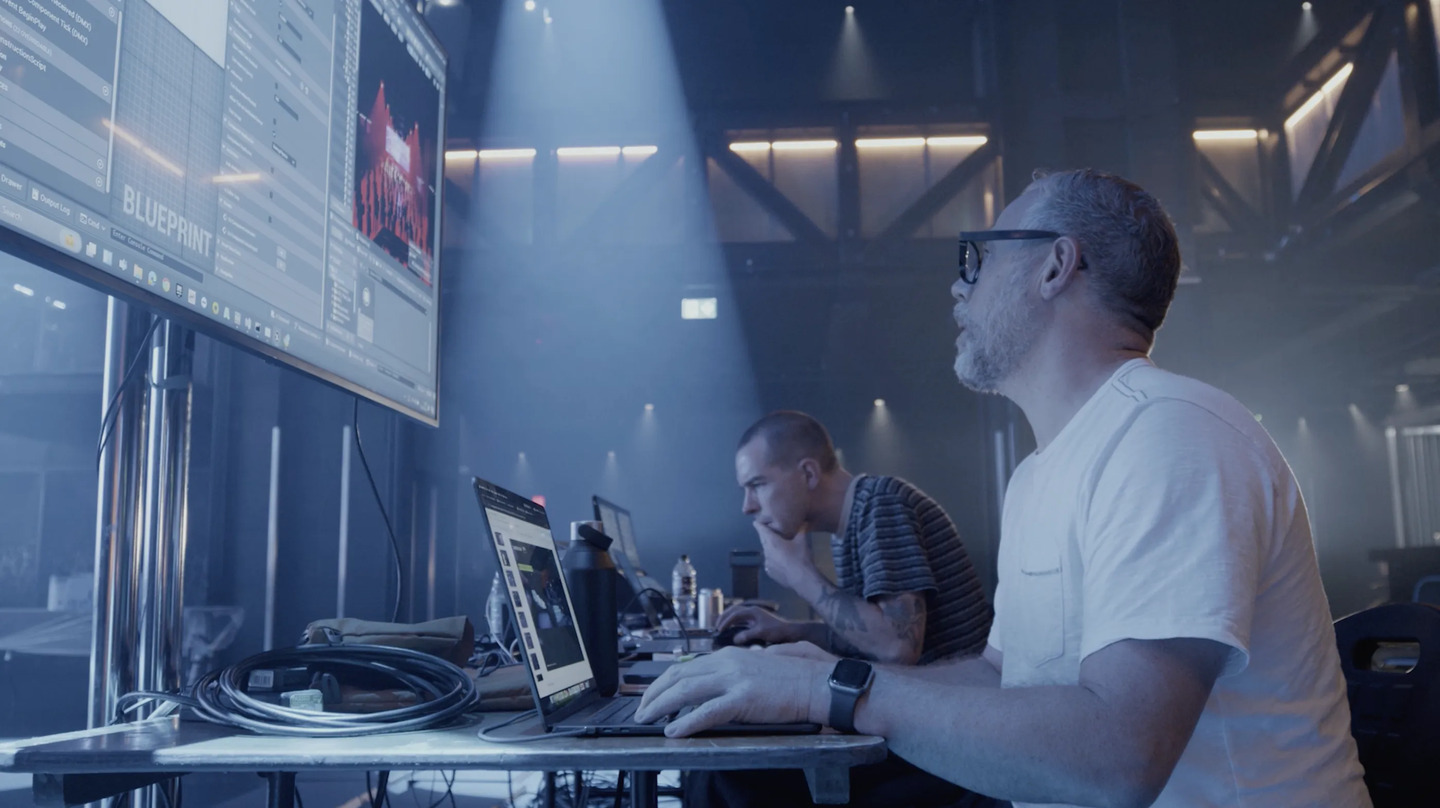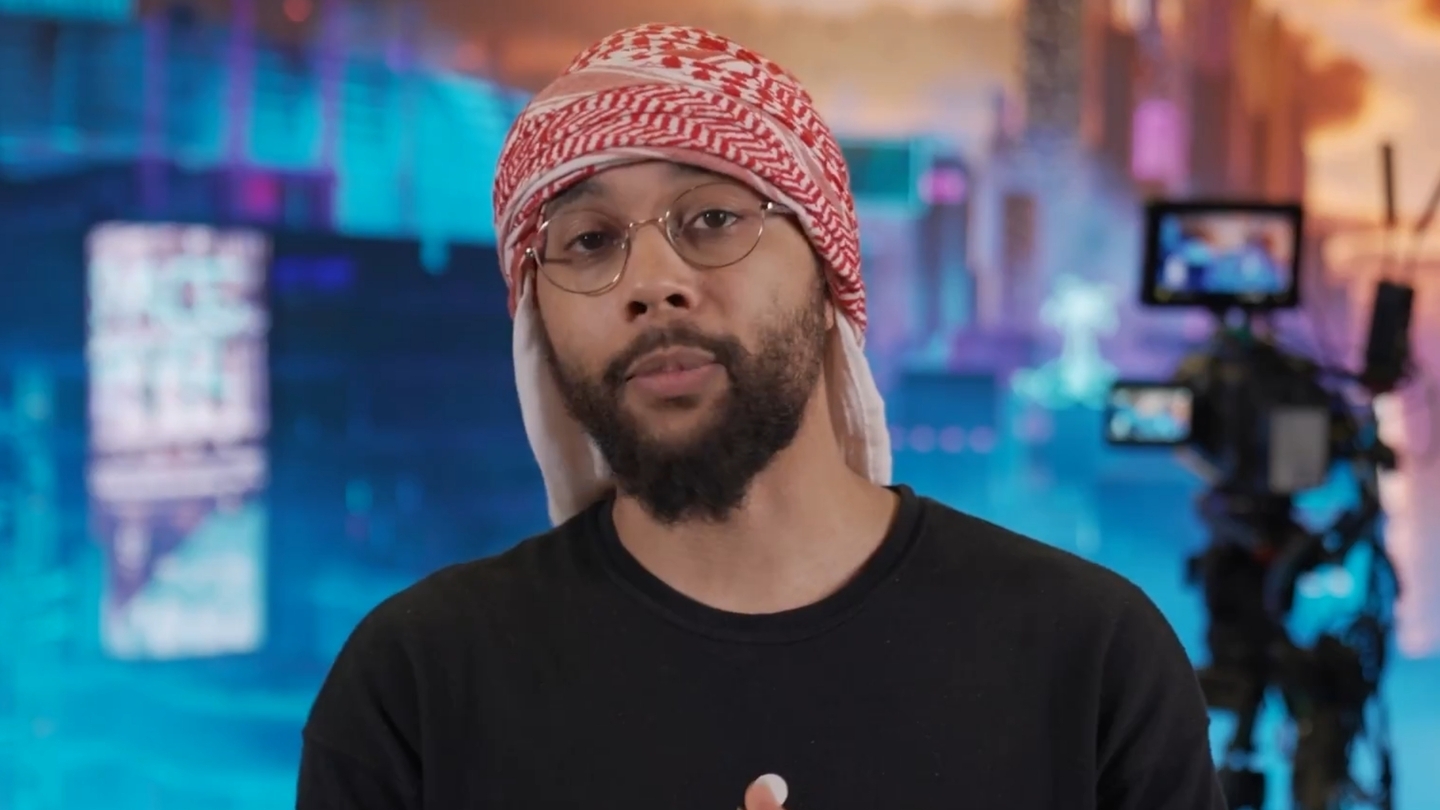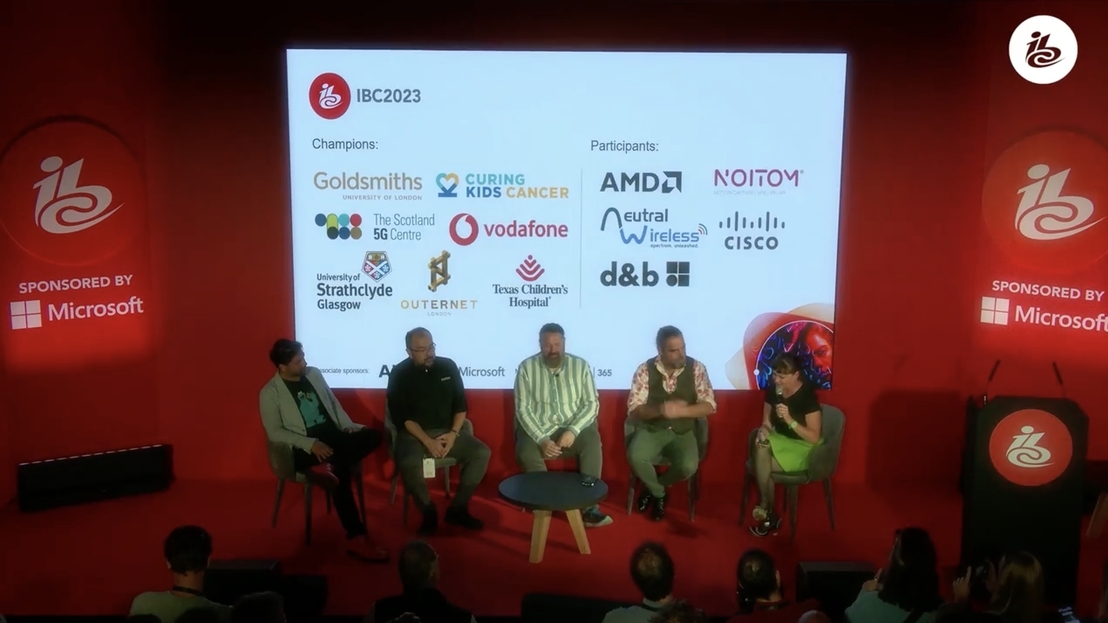For a machine-tooled $290 million stunt-fuelled blockbuster it comes as a surprise to learn that the latest Mission: Impossible instalment was made with improvisation and experimentation at its core, reports Adrian Pennington.
Director Christopher McQuarrie may not quite be working with improv to the degree of a Shane Meadows or Mike Leigh but there are similarities to their indie drama in his method.
“No-one gets a script,” said the film’s editor Eddie Hamilton ACE, who cut the last two MI films, Rogue Nation and Fallout, as well as Top Gun: Maverick). “Instead, every head of department gets a sense of the type of sequences that are going to happen.
“Chris [aka McQ] and Tom have been having creative discussions for a decade about things they would like to see in the next MI movie. They will build the story around...
You are not signed in.
Only registered users can view this article.

Behind the scenes: A Complete Unknown
All the talk will be about the remarkable lead performance but creating an environment for Timothee Chalamet to shine is as much down to the subtle camera, nuanced lighting and family on-set atmosphere that DP Phedon Papamichael achieves with regular directing partner James Mangold.

Behind the scenes: The Brutalist
Cinematographer Lol Crawley finds the monumental visual language to capture an artform that is essentially static.

Behind the scenes: Bringing live deepfakes to the fore in Here
The breakthrough in the making of Here was not the authenticity of a de-aged Tom Hanks, but that the face-swapping technique could be achieved live on set.

Behind the Scenes: Disclaimer
For all the slippery perspectives in psychological thriller Disclaimer, the truth is lying in plain sight, explains Editor Adam Gough.
Behind the Scenes: Conclave
Mystery, suspense and a game of thrones in the Vatican lensed by cinematographer Stéphane Fontaine.



